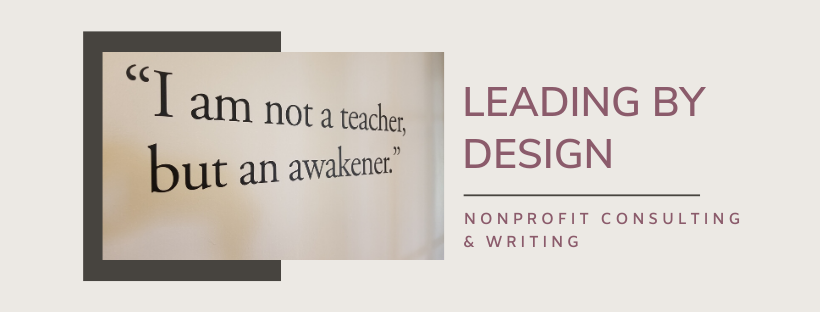I'm off to Buffalo today with my Museum Association of New York hat on to attend the annual meeting of the Western New York Association of Historical Agencies. New York State is unusual in that it has four regional museum associations that primarily serve the history community -- historical societies and sites, history museums, archives, municipal historians, and related organizations and individuals. Two of the four associations have been around for several decades. I think the difference they've made in terms of capacity-building for the small and mid-sized organization is palpable. One of the sessions I'm participating in at this meeting is called "Getting Your [Organizational] House in Order", and I have an opportunity to talk about the types of policies that small museums need to have in place. I've decided to structure my remarks around Alice Korngold's article on fastcompany.com, which I wrote about in an earlier post (October 25, 2008). As Korng
